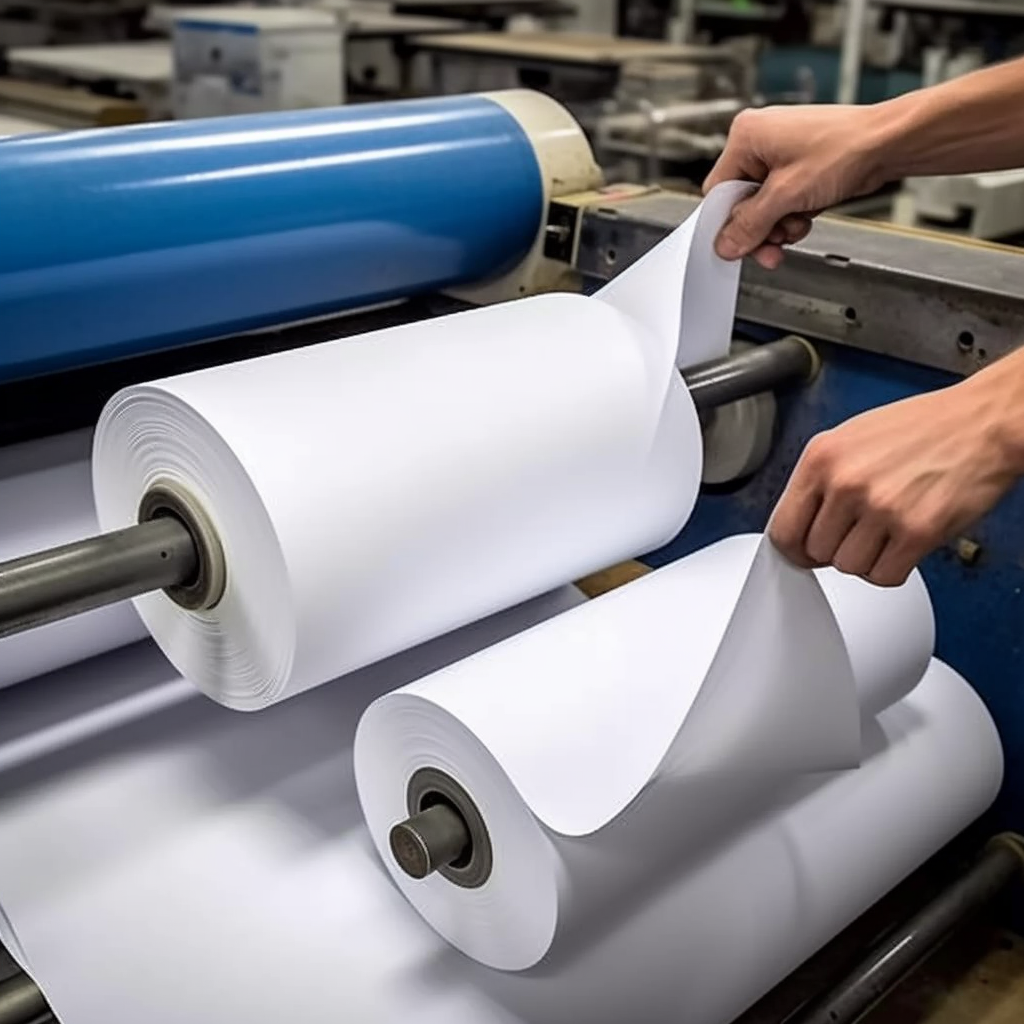
Thermal paper is a widely used printed material commonly used in areas such as receipts, bills and labels. But many people may be curious about how thermal paper works. In this paper, we will explain in detail how the thermal paper works and the key techniques involved in the printing process.
The working principle of thermal paper can be summed down to two key elements: photosensitive layer and thermal printer.
First, the photosensitive layer of heat-sensitive paper is its most important component. The photosensitive layer is usually composed of two substances: thermal dyes and adjuvant. Thermo-sensitive dye is a substance with special chemical properties, capable of chemical reaction during heat. Auxiliaries can help to improve the stability and printing quality of the photosensitive layer.
When the thermal printer applies heat, the photoreceptor layer is affected by heat, and the thermal dye begins to undergo chemical reaction. This process is called a thermosensitive reaction. During the thermal reaction, the color of the thermal dye changes, changing from colorless or light to dark. By controlling the temperature of the print head and the applied thermal energy, the sharpness and contrast of the printed images on the thermal paper can be controlled.
Secondly, the thermal printer is the key equipment to realize the working principle of the thermal paper. The thermal printer is equipped with a print head containing a row of tiny thermistor bodies. When the printer receives the print command, the current passes through these resistors, generating heat. The heat energy is transferred to the photosensitive layer of the heat sensitive paper, triggering the heat sensitive reaction to form an image.
Each thermistor body on the print head is known as a pixel. By controlling the heating time and temperature of each pixel, the print head can precisely control the image formation. This line-by-line printing method enables thermal printers to generate images at a high speed for many scenarios with real-time printing requirements.
In general, the working principle of thermal paper involves the thermal reaction of the photosensitive layer and the thermal printing technology of the thermal printer. When thermal energy is applied by the thermal printer, the thermal dye in the photosensitive layer changes to form an image. This simple and efficient printing principle makes thermal paper an ideal choice for many commercial and retail applications.
The working principle of thermosensitive paper has some advantages. First, thermal printing is a non-contact printing technology without ink or ribbons used, reducing maintenance costs and operational complexity. Secondly, because there is no use of liquid ink, thermal printing does not produce pollutants and is more environmentally friendly. In addition, thermal printers can be printed at a high speed, suitable for efficient and fast printing needs.
However, the heat-sensitive paper also has some limitations. First, the images printed on thermal paper are usually monochromatic and produce only black or grayscale images. Secondly, due to the characteristics of thermal dyes, the images printed by thermal paper are relatively fragile and vulnerable to friction and heat. Therefore, other printing techniques may need to be considered in long-term archiving or printing requirements requiring higher durability. Overall, the thermal paper uses the thermal reaction of the photosensitive layer and the thermal energy applied from the thermal printer. This simple, efficient working principle makes thermal paper a commonly used printing material in many applications. I hope this paper explains the working principle of thermal paper and provides you with relevant knowledge. If you have more questions or need further help, please feel free to ask questions.
